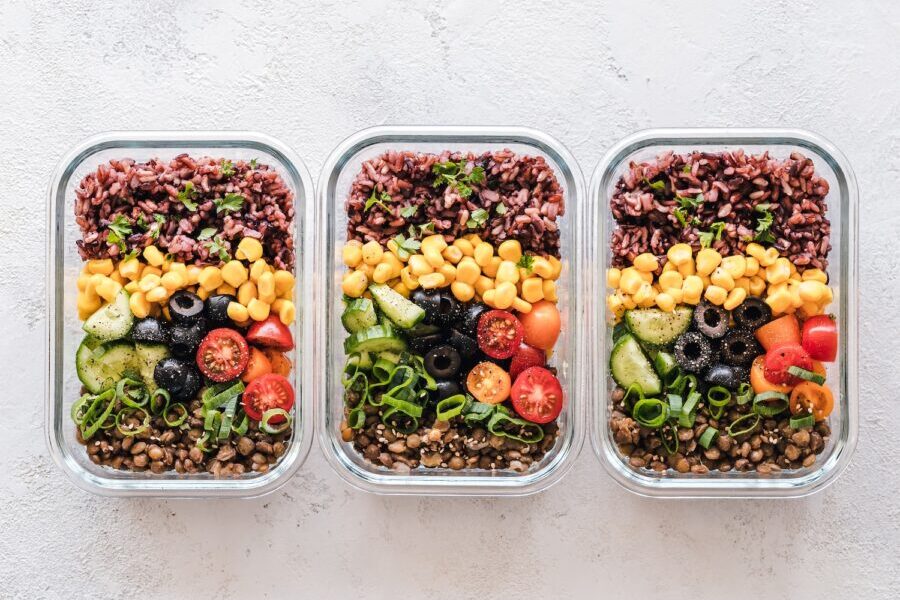A new report highlights the significant gap in the UK’s fibre intake and its impact on weight management.
The survey, titled “Going against the grain,” conducted on behalf of General Mills, involved over 1000 British adults aged 18 to 75+. It reveals that most Brits consume only two-thirds of the recommended fibre intake, despite evidence linking fibre consumption to healthy body weight.
This deficit is concerning, given that over half of the survey respondents consider themselves overweight, with 43% slightly overweight and 11% very overweight.
Being in good shape contributes significantly to higher energy levels, improved mental clarity, and even better performance in the workplace. Hence, there’s a pressing need to prioritise healthy eating habits and understand what is it that our body needs to maintain a healthy weight.
Dr. Ruxton and GP Dr. Binita Kalaria explain that obesity is more than just an issue of calorie intake versus output; it involves factors like environment, lifestyle, genetics, and overall health. They note that digestive health, often overlooked, plays a crucial role in the feeling of heaviness, as 62% of participants reported frequent bloating.
Interestingly, the survey reveals that calorie control is not a primary diet goal for most; less than a quarter prioritise it. Instead, reducing sugar and fat intake takes precedence, while increasing fibre intake—a nutrient with just 2 calories per gram—is often neglected.
Dr. Ruxton points out that the advice to increase fibre intake is overshadowed by more prominent messages about reducing sugar, fat, and salt. This oversight is critical since fibre is a readily available, low-cost nutrient found in whole grains, fruits, vegetables, nuts, seeds, and fibre-enriched products.
Supporting the weight management benefits of fibre, Dr. Kalaria references a meta-analysis in the journal Nutrients, which found that fibre supplementation led to significant weight loss, reduced waist circumference, and improved blood sugar and insulin control in overweight individuals.
Another study from the International Association for the Study of Obesity highlights fibre’s role in increasing satiety and controlling appetite, particularly soluble fibre, which expands in the gut to enhance fullness.
The report suggests that dietary fibre could be part of a multi-faceted approach to maintaining a healthy weight. Respondents indicated they would likely consume more fibre if recommended by health professionals. To address the fibre gap, Drs. Ruxton and Kalaria offers her tips.
7 ways to increase fibre intake for working professionals
- Add a side of vegetables or salad to every meal: For office lunches, consider pre-packed salads or vegetable sides that are easy to store in the office fridge and quick to add to your meal.
- Vary your high-fibre breakfast options: Opt for portable high-fibre breakfasts like whole-grain cereal bars or fruit smoothies that you can have on the go or when you first arrive at the office.
- Gradually switch to whole grain bread, pasta, and rice: When ordering lunch or preparing meals for work, choose options that include whole grain bread, pasta, or rice. Many office caterers or nearby eateries offer whole grain options.
- Enhance meals with high-fibre toppings like nuts and seeds: Keep a stash of nuts and seeds in your desk drawer for an easy way to add a fibre boost to your office meals or snacks.
- Replace some meat with fibre-rich beans in meals: When dining out or ordering in for lunch, look for dishes that use beans as a key ingredient, or bring bean-based meals from home.
- Choose fibre-rich snacks like vegetable sticks, oatcakes, or nut butter: Stock up on these healthy snacks in your office pantry or personal storage. They’re
- Choose fibre-rich snacks like vegetable sticks, oatcakes, or nut butter: Stock up on these healthy snacks in your office pantry or personal storage. They’re convenient for a quick fibre boost between meetings or during breaks.
- Increase fluid intake to support a high-fibre diet: Keep a water bottle at your desk to remind yourself to stay hydrated, which is essential when increasing your fibre intake. Opting for herbal teas or infused water can also be a refreshing change.
Joanne is the editor for Workplace Wellbeing Professional and has a keen interest in promoting the safety and wellbeing of the global workforce. After earning a bachelor's degree in English literature and media studies, she taught English in China and Vietnam for two years. Before joining Work Well Pro, Joanne worked as a marketing coordinator for luxury property, where her responsibilities included blog writing, photography, and video creation.



